Major expressway project seeking government green-light
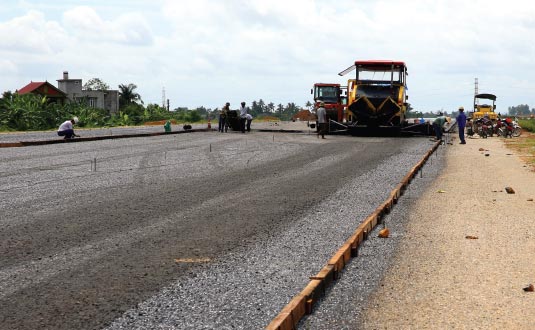
The Ministry of Transport (MoT) last week submitted to the premier a 19-page appraisal report of the financial plan for the 106km long, six-lane highway project which was developed by the Vietnam Infrastructure Development and Finance Investment JSC (Vidifi) belonging to state-owned Vietnam Development Bank under the build-operate-transfer (BOT) model.
To ensure the project’s financial viability, developer Vidifi has proposed the application of a raft of support policies which were considered by relevant management authorities as not going beyond the support policies and mechanisms earlier approved by Deputy Prime Minister Hoang Trung Hai via Notice 197 dated May 2014 as well as the BOT contract terms signed in 2008.
The key proposal was that the Vidifi seeks the government approval to shift two commercial loans – a $300 million package from Korea Import Export Bank and $100 million from German Bank for Reconstruction (KFW) – into state direct investment into the project.
This support policy has a precedent when it was applied at five major highway projects developed by state-owned Vietnam Expressway Corporation (VEC) and was earlier approved by Deputy Prime Minister Hoang Trung Hai.
According to evaluation bodies’ appraisals, like other major infrastructure projects, the Hanoi-Haiphong expressway project is one of great significance socially and economically, so that to ensure their funding such projects need partial state support.
Since support capital is not included into the project’s total investment capital, the appraisal body has revised the project’s total investment to around VND34.9 trillion ($1.63 billion) to serve as a base when working on the project’s financial scheme.
Representing the appraisal body, Deputy Transport Minister Nguyen Hong Truong supports the proposal of Vidifi to adjust and update the project’s financial plan if the average exchange rate in every five years grows more than 6 per cent or slides below 2 per cent as it proves impossible for the developer to control the exchange rate risk of their foreign loans.
In respect to the toll payments – the main income source of the project, the appraisal body assumed the developer has the right to set the toll level in specific periods to ensure recouping investment capital.
Developer Vidifi, however, was suggested to build a suitable roadmap in collecting tolls to attract road users to use the new highway.
The appraisal report also estimates that in case the support policies were approved by the government, during 30 years the developer was allowed to collect tolls to recoup capital starting from 2016. The project would have an internal rate of return (IRR) ranging from 9.41 to 9.78 per cent, with the net value each year ranging from VND5.356 trillion ($250 million) to VND6.945 trillion ($324 million), depending on whether the price depreciation factor of the Vietnamese dong against the US dollar during the exploitation period was taken into account or not.
“Such indexes show that the project is in a position to balance the money flow, pay back loans and charm investors if developer Vidifi wants to transfer the operation to other investors,” said Nguyen Ngoc Long, deputy chairman of Vietnam Bridge and Road Association.
The Hanoi-Haiphong is a key route in the northern delta area with huge traffic volumes, so understandably the project has captured the attention of potential investors.
Developer Vidifi has reportedly submitted a proposal to competent management agencies for rights to transfer parts or the whole of the project.
What the stars mean:
★ Poor ★ ★ Promising ★★★ Good ★★★★ Very good ★★★★★ Exceptional
Latest News
More News
- Russia’s Pskov oblast always welcomes Vietnamese investors (August 30, 2024 | 10:46)
- 500kV circuit 3 transmission line inaugurated on August 29 (August 29, 2024 | 11:59)
- Ba Ria-Vung Tau’s BR-VT Smart app makes breakthrough in digital transformation (August 29, 2024 | 10:00)
- Hung Yen bags upbeat outcomes in socioeconomic development (August 28, 2024 | 19:00)
- FDI attraction to Vietnam: the myths versus the reality (August 28, 2024 | 18:00)
- Asia Pacific manufacturers prioritise digital transformation; struggle with innovation pace (August 28, 2024 | 12:41)
- Private airport investment solutions still out of reach (August 28, 2024 | 09:50)
- Private investment in railway industry yet to shine (August 28, 2024 | 09:00)
- Chinese ceramic group Hualian eyes a $200 million investment in Thai Binh (August 27, 2024 | 17:37)
- Barriers must be removed for vital transport infrastructure (August 27, 2024 | 17:09)

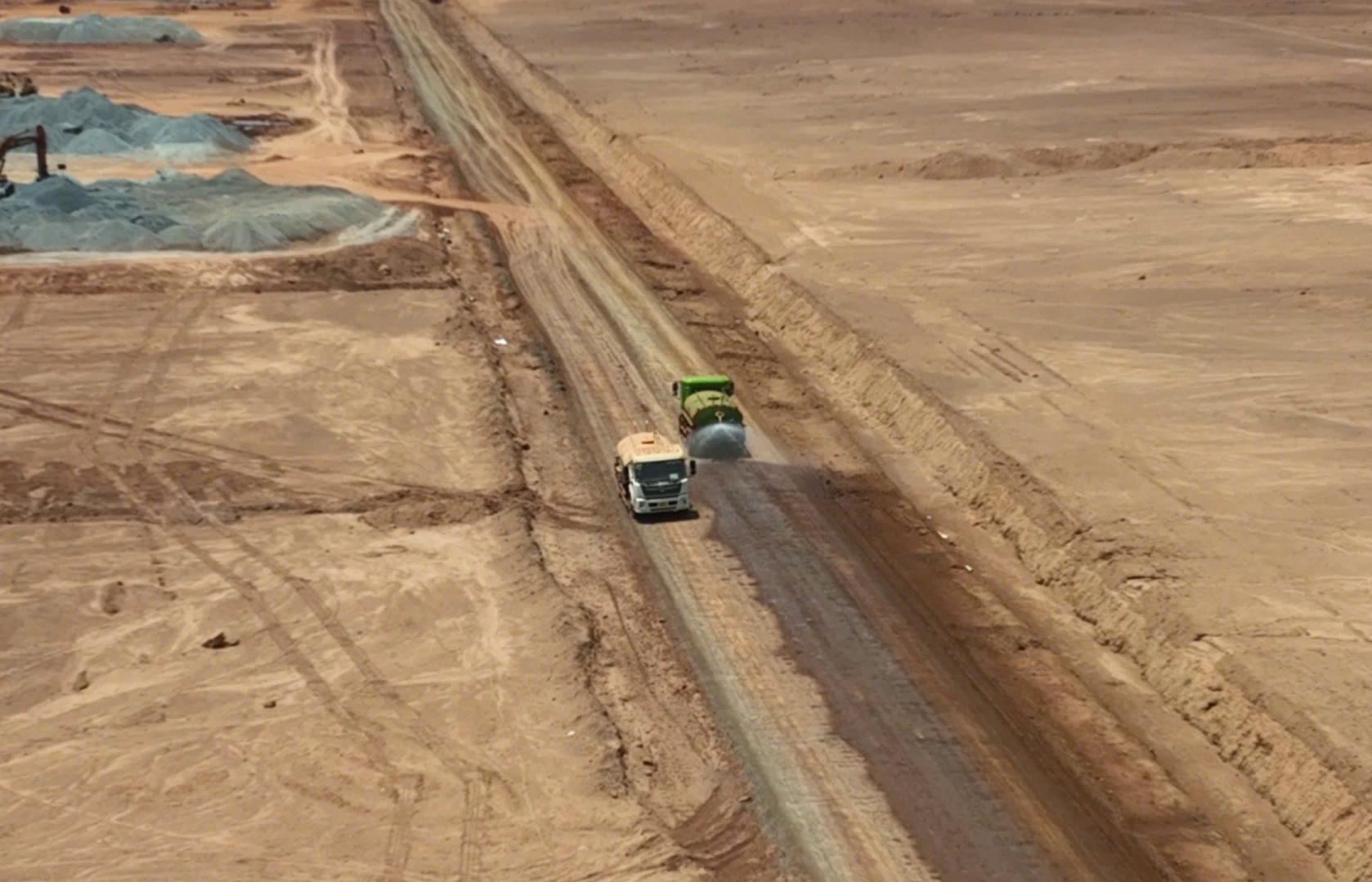
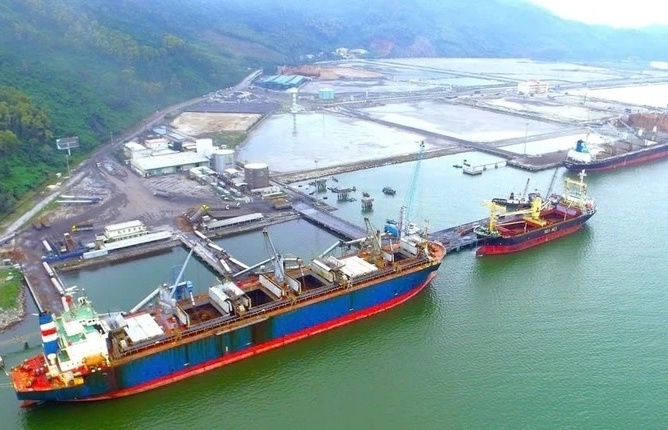
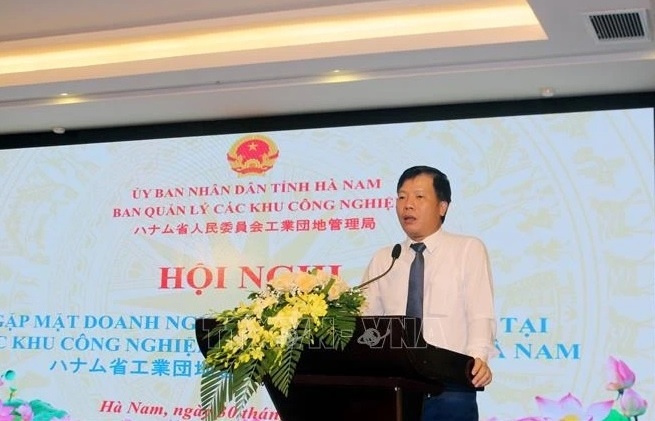
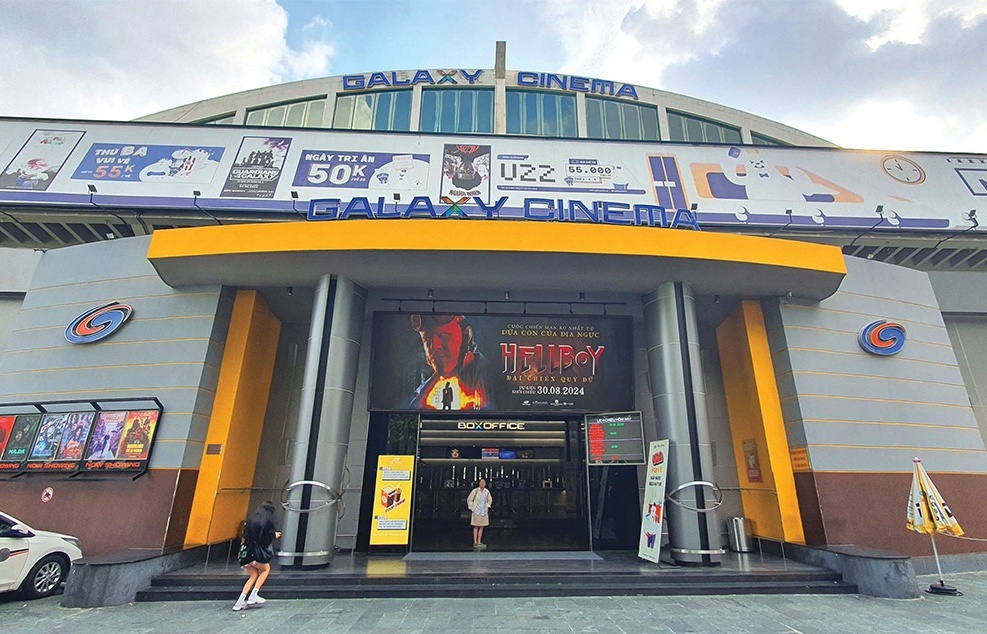
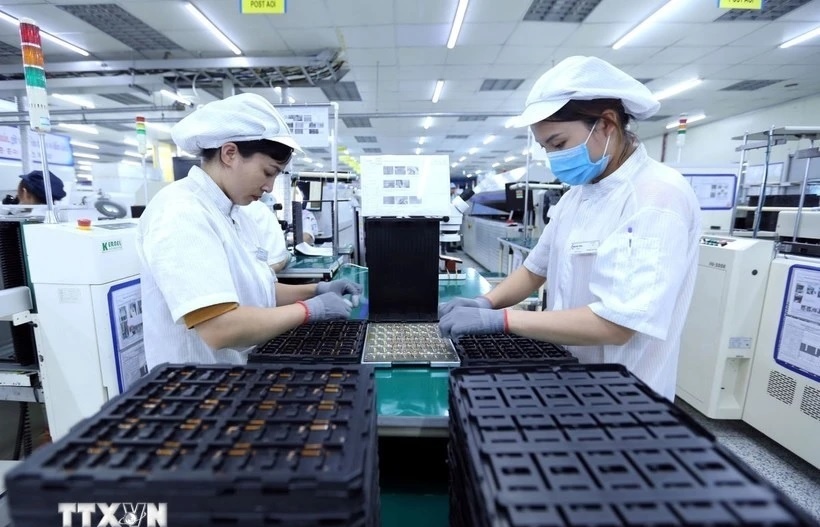




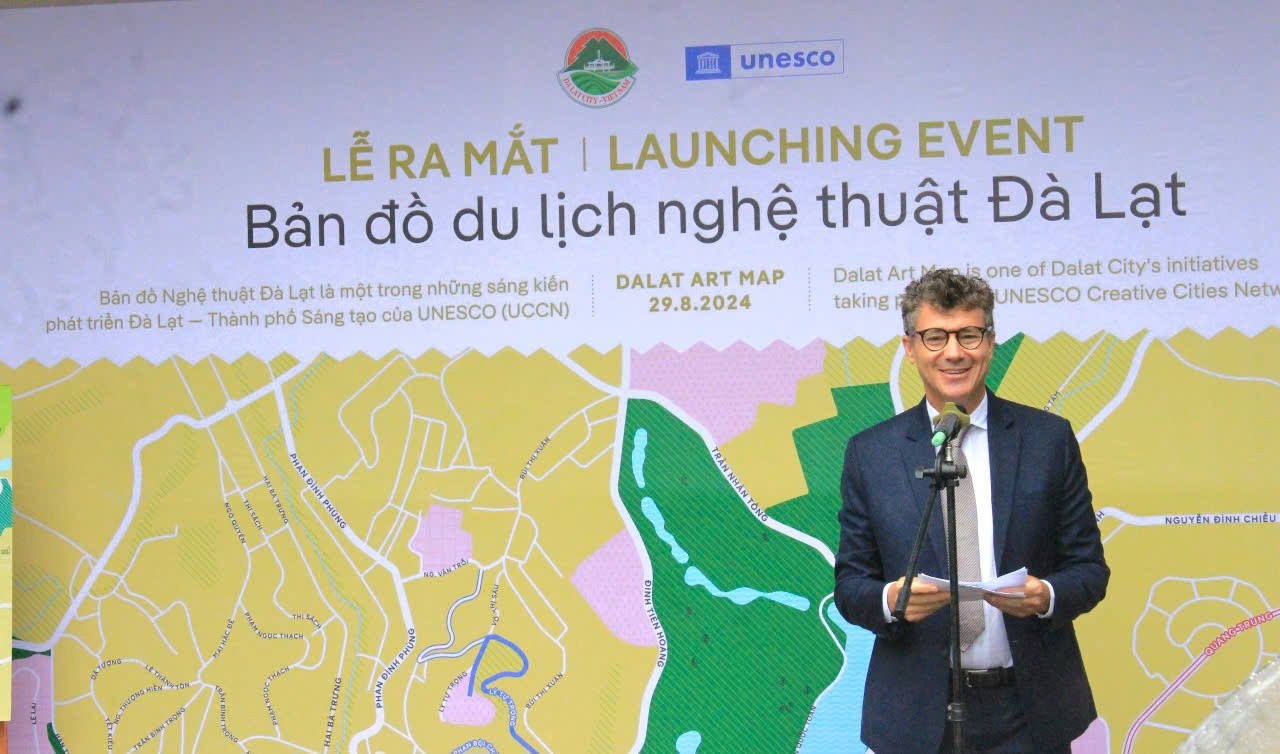
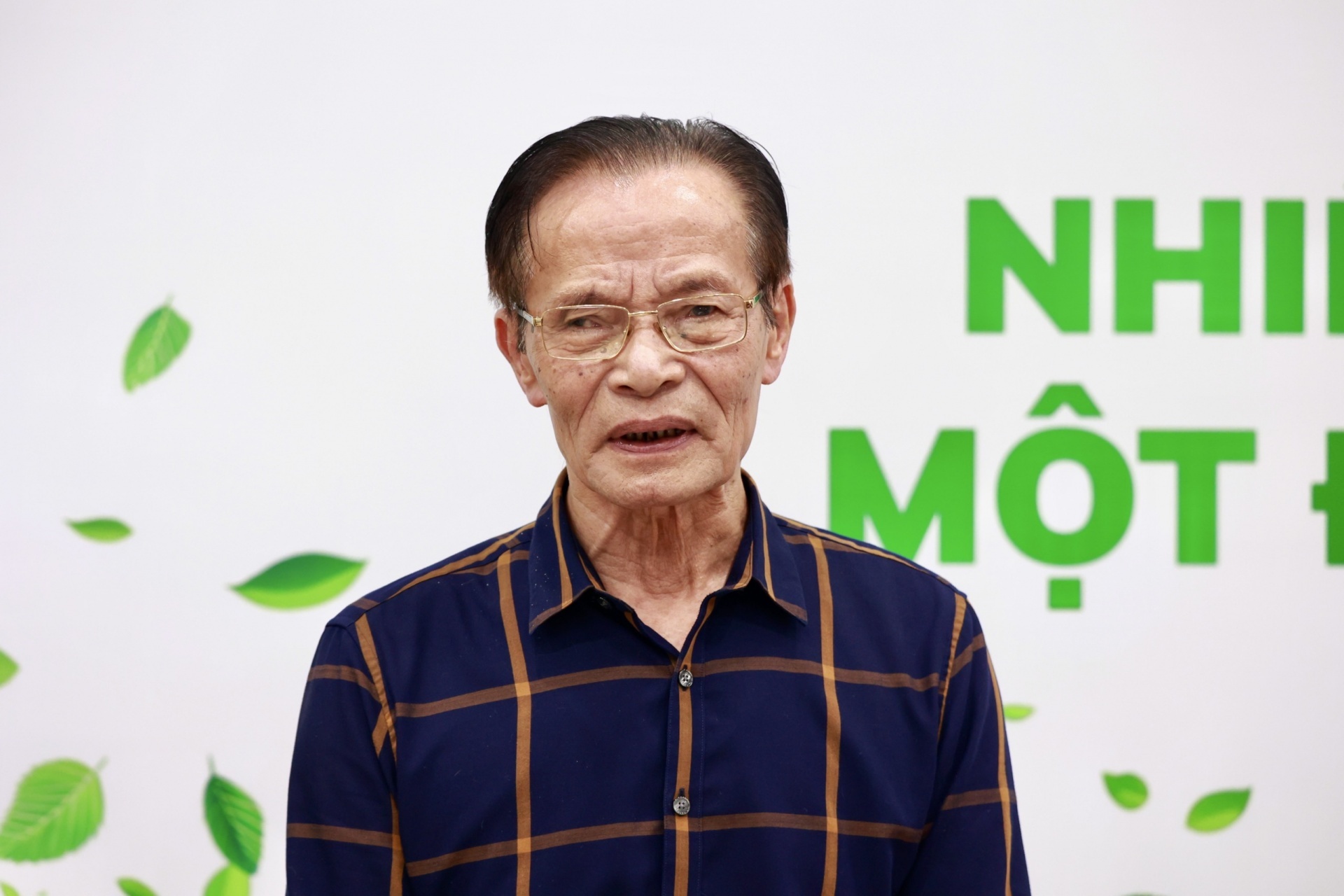
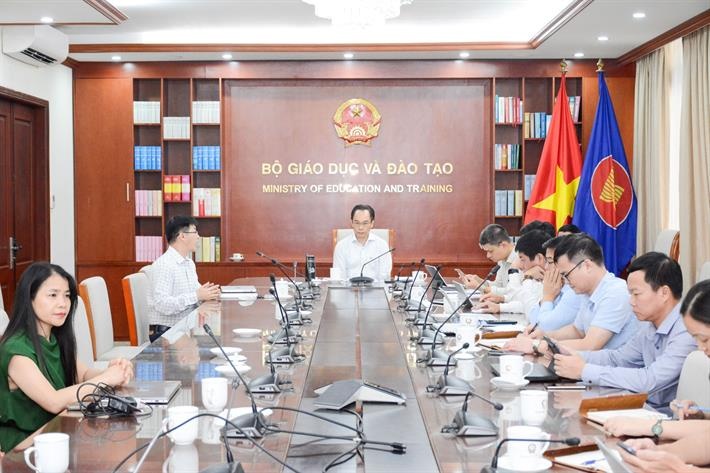
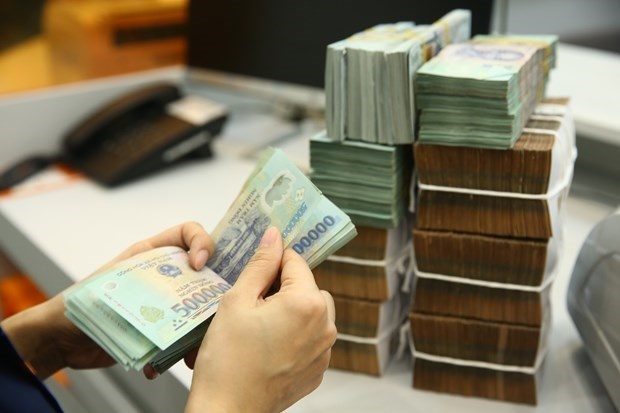



 Mobile Version
Mobile Version